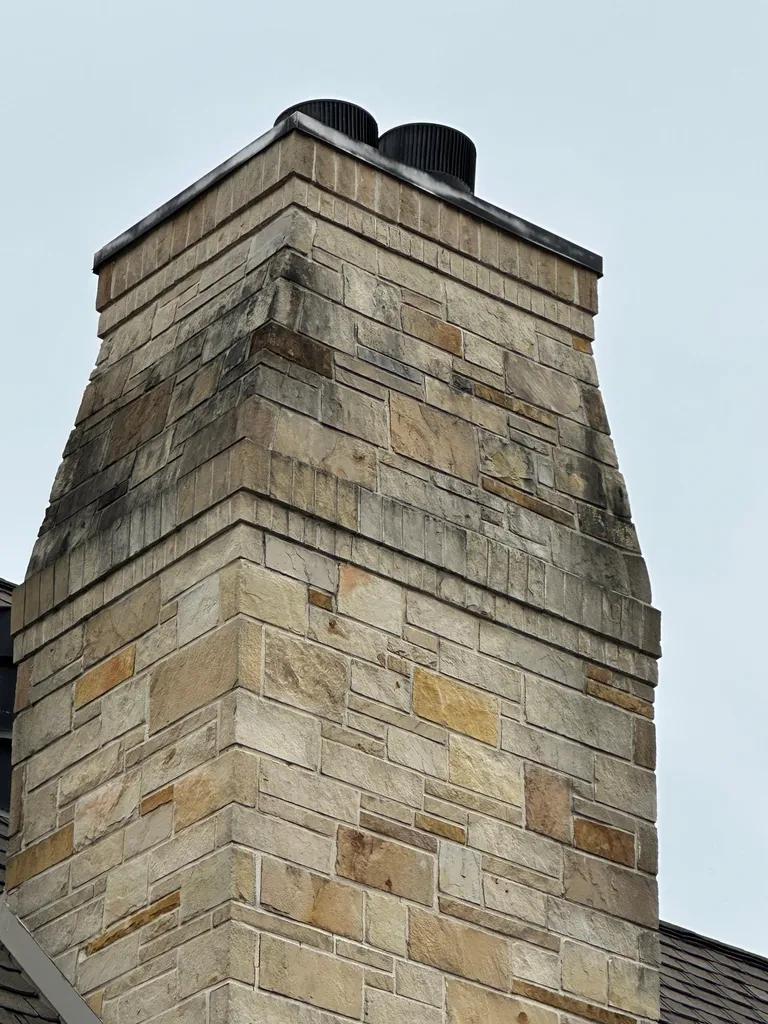Historic stone masonry has long been revered for its durability, craftsmanship, and timeless beauty. As these historic structures age, preserving their legacy through restoration becomes imperative to protect their historical significance and cultural value. In this article, we will explore the importance of historic stone masonry restoration, the techniques involved, and the skilled artisans dedicated to preserving these architectural treasures for future generations to enjoy.
Table of Contents
- Exploring the Importance of Preserving Historic Stone Masonry
- Key Techniques for Restoring Historic Stone Structures
- Benefits of Using Traditional Methods in Stone Masonry Restoration
- Considerations for Choosing a Qualified Restoration Contractor
- Q&A
- Key Takeaways

Exploring the Importance of Preserving Historic Stone Masonry
Preserving historic stone masonry is essential for maintaining the architectural heritage and cultural identity of a community. These structures serve as a tangible link to the past, showcasing the craftsmanship and artistry of previous generations. By restoring and maintaining historic stone masonry, we can ensure that future generations can appreciate and learn from these significant pieces of history.
Historic stone masonry also plays a crucial role in the sustainability and resilience of our built environment. Stone buildings are known for their durability and longevity when properly cared for, outlasting many modern construction materials. By investing in the restoration of historic stone masonry, we are not only preserving a piece of our past but also creating a sustainable future for our built environment.

Key Techniques for Restoring Historic Stone Structures
When it comes to restoring historic stone structures, it is crucial to utilize key techniques that not only preserve the integrity of the building but also maintain its historical significance. One of the most essential techniques is consolidation and stabilization, which involves repairing any structural damage and reinforcing weak areas to prevent further deterioration. This process typically includes the use of compatible mortars and consolidants to ensure that the original stonework remains intact.
Another important technique for restoring historic stone structures is cleaning and repointing. Over time, dirt, grime, and weathering can cause the mortar joints to deteriorate, leading to potential water damage and instability. By carefully cleaning the stone surfaces and repointing any damaged mortar joints with a compatible material, the structure can regain its original aesthetic appeal while also improving its structural stability.

Benefits of Using Traditional Methods in Stone Masonry Restoration
When it comes to restoring historic stone masonry, using traditional methods can offer a range of benefits that help preserve the legacy of these important structures. One key advantage is the authenticity that traditional methods bring to the restoration process. By using techniques that have been passed down through generations, the restored stone work can closely match the original craftsmanship and design.
Another benefit of using traditional methods in stone masonry restoration is the durability and longevity they provide. Traditional techniques often involve hand-craftsmanship and high-quality materials that are built to stand the test of time. This means that the restored stone work will not only look authentic, but it will also be more likely to withstand the elements and remain stable for years to come.

Considerations for Choosing a Qualified Restoration Contractor
Before embarking on a historic stone masonry restoration project, it’s essential to carefully consider the qualifications of the restoration contractor you choose. Here are some key considerations to keep in mind:
- Experience: Look for a contractor with a proven track record of successfully completing historic stone masonry restoration projects.
- Expertise: Ensure the contractor has expertise in the specific type of stone masonry used in the historic building you’re restoring.
- References: Ask for references and take the time to speak with past clients to gauge the contractor’s reputation and quality of work.
- Insurance: Verify that the contractor carries adequate liability insurance to protect against any potential accidents or damages during the restoration process.
Choosing a qualified restoration contractor is crucial in preserving the legacy of historic stone masonry buildings. By taking the time to thoroughly vet potential contractors and considering these key factors, you can ensure that your restoration project is completed with the highest level of expertise and care.
Q&A
Q: What is historic stone masonry restoration?
A: Historic stone masonry restoration is the process of repairing and preserving historic buildings constructed with stone masonry to maintain their original beauty and integrity.
Q: Why is it important to preserve historic stone masonry buildings?
A: Preserving historic stone masonry buildings helps maintain the cultural and historical significance of a community, as well as contributes to the overall aesthetic and character of a neighborhood or city.
Q: What are some common issues that historic stone masonry buildings face?
A: Common issues that historic stone masonry buildings face include crumbling mortar, weathering of the stone, structural instability, and water damage.
Q: How is historic stone masonry restoration different from regular maintenance?
A: Historic stone masonry restoration involves specialized techniques and materials to ensure that the original character and appearance of the building are preserved, whereas regular maintenance focuses on preventing damage and deterioration.
Q: What are some common techniques used in historic stone masonry restoration?
A: Some common techniques used in historic stone masonry restoration include repointing, stone replacement, consolidation, and cleaning.
Q: How can one find a professional historic stone masonry restoration company?
A: One can find a professional historic stone masonry restoration company by researching online, asking for recommendations from local historical societies or preservation organizations, and checking for certifications and experience in the field.
Key Takeaways
In conclusion, historic stone masonry restoration is a crucial aspect of preserving our architectural heritage for future generations. By employing skilled craftsmen and utilizing traditional techniques, we can ensure that these historic structures remain intact and continue to tell the stories of our past. With proper care and maintenance, we can safeguard these monuments and ensure that they stand the test of time. Let us continue to uphold the legacy of our architectural heritage through thoughtful and meticulous restoration efforts.


